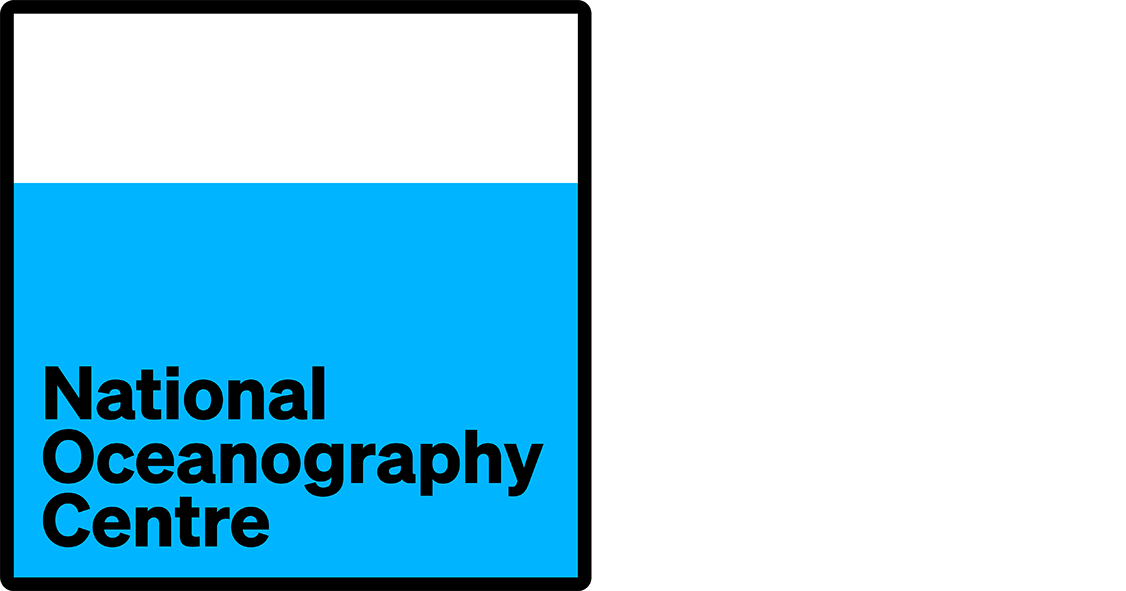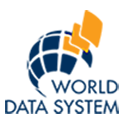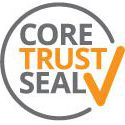- Resources
- Products
- Web services
- Vocab
NERC Vocabulary Server
The NERC Vocabulary Server gives data managers the means to access lists of controlled terms to describe data, thus saving the time and costs associated with unraveling the meaning of a given data set.
- Introduction — a brief summary of the value of implementing the Vocabulary Server
- Connectivity — consumer access options for the Vocabulary Server
- Collection, concept and scheme URIs — how to browse the content of the Server
- An example of the ReSTful, SOAP API and SPARQL methods — the GetCollection method
- Access the NERC Vocabulary Server version 2.0 (NVS2.0) documentation
Introduction
The NERC Vocabulary Server provides access to lists of standardised terms that cover a broad spectrum of disciplines of relevance to the oceanographic and wider community.
Using standardised sets of terms (otherwise known as "controlled vocabularies") in metadata and to label data solves the problem of ambiguities associated with data markup and also enables records to be interpreted by computers. This opens up data sets to a whole world of possibilities for computer aided manipulation, distribution and long term reuse.
An example of how computers may benefit from the use of controlled vocabularies is in the summing of values taken from different data sets. For instance, one data set may have a column labelled "Temperature of the water column" and another might have "water temperature" or even "temperature". To the human eye, the similarity is obvious but a computer would not be able to interpret these as the same thing unless all the possible options were hard coded into its software. If data are marked up with the same terms, this problem is resolved.
In the real world, it is not always possible or agreeable for data providers to use the same terms. In such cases, controlled vocabularies can be used as a medium to which data centres can map their equivalent terms.
The controlled vocabularies delivered by the NERC Vocabulary Server contain the following information for each term:
- Key — a compact permanent identifier for the term, designed for computer storage rather than human readability
- Term — the text string representing the term in human-readable form
- Abbreviation — a concise text string representing the term in human-readable form where space is limited
- Definition — a full description of what is meant by the term
All of the vocabularies are fully versioned and a permanent record is kept of all changes made.
Version 2.0 of the Server (NVS2.0), developed as part of the Open Service Network for Marine Environmental Data (NETMAR) programme, represents a complete rewrite of the internal software with both increased functionality and performance. Although the version 1.1 (V1.1) code will remain operational for the foreseeable future, existing users are urged to convert to NVS2.0 as soon as possible and the development of new V1.1 applications is strongly discouraged. The V1.1 and V1.0 documentation has been maintained as historical documents.
Connectivity
Consumers may access the Vocabulary Server either using the ReSTful URIs described below or via SOAP.
SOAP is a design of Application Programming Interface (API) for exchanging structured information across computer networks as the result of calls to web services. It relies upon XML (eXstensible Markup Language) documents for passing messages.
SOAP consumers should generate their client implementation from the Web Service Description Language (WSDL) documentation available at https://vocab.nerc.ac.uk/vocab2.wsdl
SPARQL is standard query language for interrogating knowledge stores such as NVS2.0. The SPARQL endpoint may be found at https://vocab.nerc.ac.uk/sparql from where queries may be entered directly and the return format chosen. Once users are comfortable with this interface and with building SPARQL queries, they may take the resulting URLs and use them to access the SPARQL endpoint programmatically.
Collection, concept and scheme URIs
Collections, concepts and schemes are presented to the Server as Uniform Resource Identifiers (URIs), or in this case actually URLs, in the following syntax.
Collections — A concept collection is useful where a group of concepts shares something in common, and it is convenient to group them under a common label. In NVS2.0, concept collections are synonymous with controlled vocabularies or code lists.
https://vocab.nerc.ac.uk/collection/
https://vocab.nerc.ac.uk/collection/colRef/colVer/
e.g. https://vocab.nerc.ac.uk/collection/P03/current/
https://vocab.nerc.ac.uk/collection/colRef/colVer/status/
e.g. https://vocab.nerc.ac.uk/collection/P03/current/accepted/
Concepts — A Simple Knowledge Organization System (SKOS) concept can be viewed as an idea or notion; a unit of thought. The notion of a SKOS concept is useful when describing the conceptual or intellectual structure of a knowledge organization system and when referring to specific ideas or meanings established within that system.
https://vocab.nerc.ac.uk/collection/colRef/colVer/conRef/
e.g. https://vocab.nerc.ac.uk/collection/P03/current/D005/
Schemes — A concept scheme can be viewed as an aggregation of one or more SKOS concepts. Semantic relationships (links) between those concepts may also be viewed as part of a concept scheme. A concept scheme is therefore useful for containing the concepts registered in multiple concept collections that relate to each other as a single semantic unit, such as a thesaurus.
https://vocab.nerc.ac.uk/scheme/
https://vocab.nerc.ac.uk/scheme/schemeRef/
e.g. https://vocab.nerc.ac.uk/scheme/ICANDIS/
where
- https://vocab.nerc.ac.uk/collection/ and https://vocab.nerc.ac.uk/scheme/ respectively provide catalogues of the available concept collections and concept schemes.
- colRef is an internal opaque identifier for the concept collection, e.g. P02 for the SeaDataNet Parameter Discovery Vocabulary.
- colVer may be a valid concept collection version number or 'current' to specify the latest version of the collection.
- status may be 'all', 'accepted' or 'deprecated' to indicate whether all concepts related to a collection should be returned, or only the accepted or deprecated concepts.
- conRef is an internal opaque identifier for the concept within the concept collection, e.g. TEMP for 'Temperature of the water column' in the SeaDataNet Parameter Discovery Vocabulary.
- schemeRef is an internal opaque identifier for the concept scheme, e.g. ICANCOERO for the International Coastal Atlas Network Coastal Erosion Thesaurus.
The ReSTful, SOAP API and SPARQL GetCollection method
The GetCollections method allows the client to retrieve a list of available SKOS concept collections from NVS2.0. This allows a client to discover the content of NVS2.0 available through the concept collection paradigm.
| API | Method call details |
|---|---|
| ReST | Base URL: https://vocab.nerc.ac.uk/ |
| URL suffix: collection/ | |
| Example fully encoded URL: https://vocab.nerc.ac.uk/collection/ | |
| Returns: A SKOS concept collection Resource Description Framework (RDF) XML document | |
| SOAP | Method: getCollections |
| Input parameters: No parameters needed | |
| Returns: ConceptCollection complex data type | |
| SPARQL | SPARQL end-point: https://vocab.nerc.ac.uk/sparql/ |
| Query: PREFIX dc:<http://purl.org/dc/elements/1.1/> PREFIX skos:<http://www.w3.org/2004/02/skos/core#> PREFIX rdf:<http://www.w3.org/1999/02/22-rdf-syntax-ns#> SELECT ?s ?p WHERE {?s rdf:type skos:Collection . ?s dc:title ?p} | |
| Returns: A list of the URLs to available concept collections and their titles as either XML, JSON, text, CSV and TSV |
Documentation
In addition to the information above, the NERC Vocabulary Server version 2.0 document provides comprehensive information for all method details, the ReSTful Interface XML payload details, and the SOAP complex data types.
View the NVS2.0 documentation ![]() (325 KB)
(325 KB)


